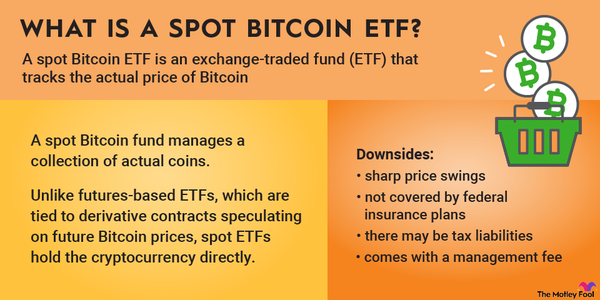Have you ever stuck with a company's services or products simply because changing to a competitor would have been too expensive, time-consuming, or just downright annoying?
If so, you've directly experienced the power of switching costs. These costs can lock you into using a particular company's offerings, even if better alternatives exist.

Although this might be frustrating as a consumer, it represents a significant advantage for the company and its shareholders.
Let's dive into switching costs, why they're crucial for businesses and investors, and how you can identify if a company benefits from this competitive edge.
Overview
Understanding switching costs
Switching costs are one of the five key factors that determine whether a business has an economic moat.
Economic Moat
Switching costs refer to the tangible or intangible aspects of a business's products or services that effectively lock customers into its ecosystem. These costs can be monetary, such as fees for breaking a contract; effort-based, like the time and hassle involved in transferring records or learning new systems; or even psychological, stemming from brand loyalty or familiarity.
The presence of these costs makes customers less likely to switch to a competitor, even if alternatives are available. As a result, businesses with high switching costs tend to enjoy higher customer retention rates, providing a more stable and predictable revenue stream that is less susceptible to market fluctuations and competitive pressures. This contributes to the protective barrier -- or moat -- around the company's profits, ensuring a higher probability of long-term sustainability and success.
Why they matter
Why switching costs are important for investors
Switching costs are a critical element for investors to consider because they directly influence a company's ability to sustain long-term growth and profitability. A business that can retain its customers more effectively is less likely to see fluctuations in revenue, which is essential for steady growth.
If the businesses you're investing in are constantly losing customers who cancel their services or abandon their products, these companies will inevitably struggle to expand and maintain profitability. To leverage this understanding in your investment strategy, it's wise to incorporate the assessment of switching costs into your qualitative analysis. This can involve several approaches, such as:
- Reading customer reviews and forums: Dive into online customer feedback and forums to gauge user satisfaction and the difficulties they face when considering switching to a competitor.
- Experiencing the product/service: Personally using the company's products or services can give you firsthand insight into the potential hurdles or costs a customer might encounter if they choose to leave.
- Reviewing contractual agreements: Look into the company's terms of service or cancellation policies to understand the financial implications or procedural barriers for a customer who wishes to switch providers.
- Analyzing industry characteristics: Some industries naturally have higher switching costs due to technical requirements, regulatory hurdles, or substantial initial investments.
By evaluating these aspects, you can better identify companies with effective economic moats represented by high switching costs. Such companies are often more resilient to competition and market changes, making them potentially safer and more profitable investment choices in the long run.
Example
An example of switching costs
Apple (AAPL 0.18%) is a prime example of a company that effectively uses switching costs to secure its market position and enhance customer loyalty. Apple's ecosystem, encompassing iPhones, iPads, iMacs, the App Store, and more, is designed for seamless integration across products. This means that once a user purchases an Apple product, they are more likely to buy additional Apple products to ensure compatibility and maintain the user experience.
For instance, an iPhone user will find that having an iPad or Apple Watch significantly enhances their user experience due to features like Handoff, where users can start a task on one device and pick it up on another, or Universal Clipboard, which allows for copying and pasting between devices. Additionally, the App Store's exclusive apps and services, tailored to the Apple operating system, further tether users to the brand with every program they use.
Related investing topics
Brand loyalty also plays a significant role in Apple's strategy. The company has cultivated a loyal fan base, and customers often wait overnight to purchase the latest products upon their release. This loyalty isn't just about the products but the status and identity that come with being an Apple user, which can often outweigh the benefits of switching to competing products, even if they offer similar functionalities at a lower price.
Moving away from Apple's ecosystem means losing out on the convenience and functionality specific to their products, as well as the social aspects of being part of the Apple community. The strategy means Apple not only retains customers but also ensures a continuous revenue stream from its array of devices and services, helping it retain its dominant position in the technology sector. This combination of seamless product integration and strong brand loyalty creates substantial switching costs.
















































































































